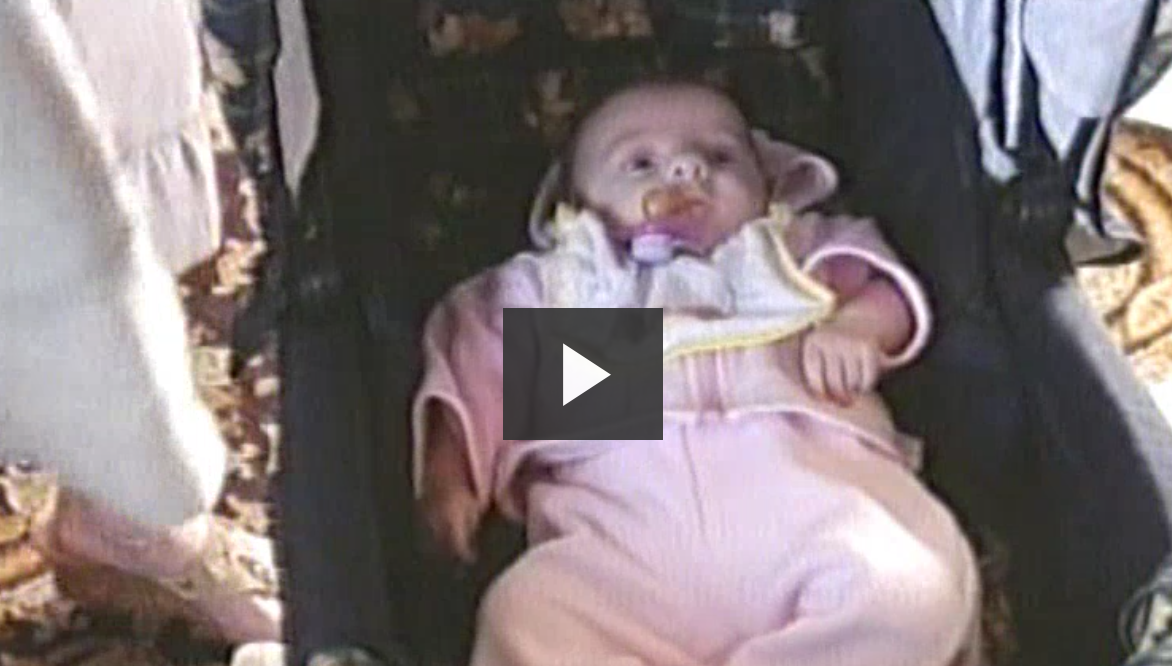
Conducting the Assessment
An assessment is only as reliable as the information that informs it. Consequently, assessment is not an end in itself but an ongoing part of the process of effective case management. New information needs to be evaluated and decisions taken regarding whether or not an existing assessment and plan needs to be updated or changed.
Case Study Question: What are the Static Risk Factors for harm to Katy?
|
Static Risk Factors |
Kim is a long term heroin user. She also has had problems with alcohol use. Although she says that she intends to stay clean and sober, this history means that she is vulnerable to relapse. Her history of drug and alcohol misuse means that she may have or be vulnerabe to a range of other health problems e.g. Poor vein health (if she was an injector she is at risk for circulatory problems and deep vein thrombosis) Liver damage: undiagnosed or untreated hepatitis C can cause cirrhosis, liver failure, liver cancer and death. Depression, anxiety and psychosis: 70% in drug treatment and 86% in alcohol treatment have mental health problems (Source: National Treament Agency for Drug Abuse ) Lung damage: smoking drugs and tobacco raises the risk Cardiovascular disease: a lifetime of drugs, alcohol and smoking raises risk for older drug users Muscles and skeleton: arthritis and immobility are common among injectors One of Kim's previous relationships has been violent. Katy is also suffering as a result of Neonatal Abstinence Syndrome (NAS): This occurs when heroin passes through the placenta to the fetus during pregnancy, causing the baby to become dependent along with the mother. Methadone maintenance combined with prenatal care and a comprehensive drug treatment program can improve many of the outcomes associated with untreated heroin use for both the infant and mother, although infants exposed to methadone during pregnancy typically require treatment for NAS as well. There are some specific long term problems experienced by children born with NAS: Otitis media (Middle Ear Infections) Vision problems Motor development problems Behavioral and cognitive problems Child abuse and neglect Risk of future drug use Risk of SIDS or SUID |
Identification of Risk Factors
There are a wide range of sources of information available to a Social Worker to assist in the identification, assessment and management of risk. Identifying risk factors can occur during any interaction with the child or family. Whether it is on a planned home visit or a chance meeting, a Social Worker should be attuned to factors which might indicate an the risk of harm to a child is escalating.
Fragile: Handle With Care (Audio) 17.07 mins
You can listen to the audio recording of the "Fragile:Handle With Care Documentary" (NSPCC 2001). This program examines the prevalence of serious physical harm to children in their first year. It describes some of the contexts in which abuse can occur, the particular vulnerabilities of babies and infants and some of the signs and symptoms of physical abuse and contributions medical professionals can make to safeguarding
Gathering Information
What To Gather
The child’s developmental needs including self-care skills, social presentation, family and social relationships, identity, emotional and behavioural development, education and health.
The parents’ or carers’ capacity to respond to those needs. The specific components of parenting capacity are: basic care, ensuring safety, emotional warmth, stimulation, guidance and boundaries and stability.
The impact of wider family and environmental factors on both the child’s development and parenting capacity Specifically: community resources, the family’s social integration, income, employment, housing, wider family, family history and functioning.
RESOURCE: Download the "Family Pack of Scales and Questionnaires" HERE
What are the Dynamic Risks for harm to Katie?
|
Dynamic Risk Factors |
Kim minimises the nature and extent of her dependence upon drugs and alcohol and prefers to emphasise the risk to Katy as relating to the threat of violence towards Kim from her past relationship. Her current attitudes are "Stable Dynamic Risk Factors". Kim is currently caring for Katy in a safe and protected environment but Di is worried how she will cope outside of the structure and security of the hospital setting, therefore discharge from hospital is a potential "Acute Dynamic Risk Factor" |
How to Gather It
Speaking to the child: Ensuring that they see and interview the child on their own. The interviews should prioritise the welfare of the child and so must be child centred, avoiding distress and based upon solid rapport building. Avoid asking leading or suggestive questions, listening to and respecting the child’s views, explain the assessment process, and enable them to make choices where possible (Bell, 2002; Cleaver, Walker and Meadows, 2004; Turney et al, 2011). It is also important not to overestimate the resilience of adolescents, particularly if they are difficult to engage (Turney et al, 2011).
Interviewing parents and/or carers individually; Conduct whole family assessments; and observations of parent- child interaction in a number of settings and at different times of the day. Consider the relationships between parents and each child in the family individually, as parents may be able to provide adequate care for one child but not for another.
Explore the role and influence of fathers within the family, even if they are not currently living with their children.
The importance of a family history, particularly any previous involvement with social services and the outcomes of this involvement for the child, cannot be underestimated.
Note how the family interacts, e.g. be vigilant to signs of family disunity, poor communication, inflexibility, and friction between the adults – these features of family functioning are strong indicators of a number of different types of child maltreatment (Higgins and McCabe, 2000; Turney et al, 2011).
Sometimes, an assessment may need to be informed by appropriate medical tests and specialist evaluations by experts E.G. psychiatrists, psychologists and drug and alcohol counsellors.
Seek collateral evidence through interviews with extended family and friends, and professionals from other sectors including health, education, housing and the police, as well as access to health, educational and criminal records.
RESOURCE
The Royal College of Paediatrics and Child Health Child Protection Evidence Page. Child Protection Evidence is a new RCPCH evidence-based resource available to clinicians across the UK and internationally to inform clinical practice, child protection procedures and professional and expert opinion in the legal system.
Challenges and Barriers
It can be difficult to undertake risk assessments because of the tension between needing to focus on the child but also having to build effective relationships with parents whose co-operation is vital if the process is to succeed. A balance needs to be struck to avoid neglecting relationships with parents;
Problems occur when professionals become too involved with needy adults;
Getting so caught up in a family’s chaotic situation that attention is diverted away from the child (Brandon et al, 2009; Turney et al, 2011).
Practitioners can also meet with hostility or ‘disguised compliance’ from adults who appear to be co-operating but are not, ultimately, able and/or willing to change.
Social Workers need to maintain an attitude of ‘healthy scepticism’ and ‘respectful uncertainty’ when interacting with families and take the time to reflect and discuss the situation with people who can offer a fresh perspective and challenge their assumptions and beliefs.
Support can be gained from supervisors, peers or external consultants (Trotter, 2008; Turney et al, 2011).
These video case studies are extracts from the BBC Television Documentary "Someone to Watch Over Me" (BBC 2004; UK; TV) Narrated by Zoe Wanamaker,
Series Producer Sarah Johnson
Executive Producer Mary Milton
Analysis
Analysis is about making sense of a large volume of facts and data which can sometimes seem unrelated or even contradictory. Remain mindful of why the assessment is being undertaken and analyse the evidence to establish which factors support and which factors undermine the child’s development and welfare, and, how these various factors interact with each other.
Sometimes, apparently minor issues, when brought together, can have a significant impact on the child’s well-being (DHSSPS, 2011a; Turney et al, 2011). Good assessments are also dynamic and responsive to the changing nature and level of need and/or risk facing the child. Evidence is built and revised during the assessment processEarly judgements may require action to modify decisions once new information comes to light (HM Governemnt, 2013).
Analytical skills include the ability to think critically and be reflective. Judgement must be informed through through multi-disciplinary liaison and knowledge of current research and evidence. Good, regular supervision facilitates understanding of a case and informs any necessary revisions of conclusions in the light of new information, shifting circumstances or challenges (DHSSPS, 2011a; Turney et al, 2011).
BASE RATES An important part of risk analysis is evaluating the available evidence against research and empirical knowledge e.g. how common is a certain type of maltreatment or behaviour, what is the correlation between conditions or circumstances such as parental mental health state and child maltreatment or neglect. The more common a problem the greater likelihood that we will have considerable knowledge and expertise available to us to inform judgements and decisions. Less common, unusual or extreme forms of child maltreatment may require specialist advice or intervention or further inquiry and assessessment but may be less accurate or vulnerable to error. This level of uncertainty needs to be reflected in the analysis.
RESOURCE:
In 2009 the NSPCC interviewed over 6,000 young adults, teenagers, children and parents of younger children. The report of this research examines their experiences of abuse and neglect. It examines the impact of abuse and highlights that many children experiencing abuse by their parents or carers also experience other forms of abuse from other people (Lorraine Radford, Susana Corral, Christine Bradley, Helen Fisher, Claire Bassett, Nick Howat and Stephan Collishaw Published: 2011)
NB Although these findings remain the most robust UK-wide research-based indication of the prevalence of child abuse and neglect available, they are increasingly dated until a UK wide survey is undertaken.
Download "Child abuse and neglect in the UK today: Research into the prevalence of child maltreatment in the United Kingdom" HERE







